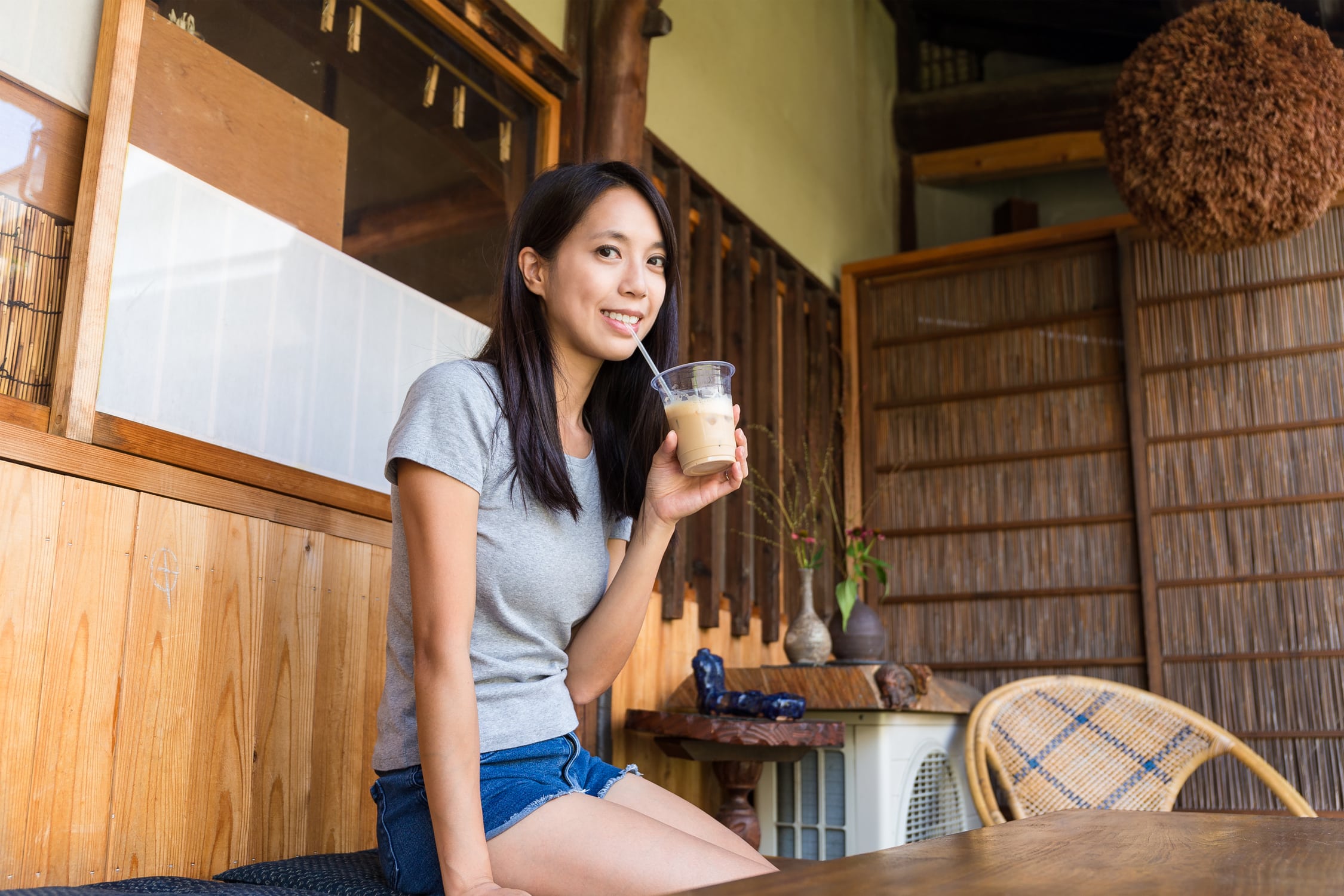As pet lovers, we understand that your furry friends are an integral part of your family. This article targets dog owners, specifically those with older dogs who are struggling to use a doggy door. The focus is on training methods and techniques that can help your pet easily comprehend this new task.
This article is crafted with various tried and tested methods that have helped pet parents train their pets effectively to use doggy doors. These are not just ordinary doors, but a passage to freedom that your pet deserves. So, let’s dig in to understand the strategies that can help your pet wag its tail in happiness each time it uses its new doggy door.
Lire également : What Are the Indicators of Over-Exercise in Working Dog Breeds?
Understanding the Basics
Before we commence actual training, it’s crucial to understand some basics. This section will focus on why it is highly beneficial to train your pet to use a doggy door, the best time to start this training, and the challenges that you might encounter during the process.
While there isn’t a specific age to start training your dog to use a doggy door, it’s often easier when your pet is a puppy. However, this doesn’t mean that older dogs can’t learn. Contrary to popular belief, old dogs can learn new tricks. It might take a little extra time and patience, but with the right approach, your older dog will be using the doggy door in no time.
Lire également : How to Manage Multi-Pet Households to Prevent Feeding Time Aggression?
Choosing the Right Doggy Door
The first step in the training process is choosing the right doggy door for your pet. While this may seem like a straightforward task, it requires careful consideration of factors such as the size of your pet, the type of door (flap or sliding), and the location of the door.
A doggy door should be large enough for the dog to comfortably move through but not so large that it allows other unwanted animals, such as a neighborhood cat, to enter. Similarly, while flap doors are the most common, some pets may be afraid of the flap. In this case, a sliding door could be a better option.
Training Your Dog to Use the Door
Training your dog to use the door is a gradual process that will require patience and consistency on your part. The first step is to get your dog comfortable with the door. This can be done by holding the door open and encouraging your dog to go through it with treats and verbal praise.
Once your dog is comfortable going through the door, you can start training them to push the door open themselves. This is done by using treats or toys to lure them through the door. Initially, you may need to help your dog by pushing the door open slightly for them. However, over time, they should be able to do this on their own.
Addressing Fear and Anxiety
If your dog appears to be fearful or anxious about using the doggy door, it’s extremely important to address these issues in a calm and reassuring manner. Never force your dog through the door, as this can exacerbate their fear and create a negative association with the doggy door. Instead, use positive reinforcement techniques to make the doggy door a positive experience for your pet.
Monitoring Progress and Adjusting Training Techniques
Lastly, it’s important to monitor your dog’s progress and adjust your training techniques as necessary. Every dog is unique and what works for one dog may not work for another. Therefore, be prepared to try different techniques and approaches until you find what works best for your pet.
In conclusion, training an older dog to use a doggy door may require time and patience, but with the right approach and techniques, it’s certainly achievable. Remember, the goal is not just to train your dog to use the doggy door but also to create a positive association with it so that your pet can enjoy their newfound freedom and independence.
The Role of Reward-Based Training
The strategy of reward-based training is highly recommended when it comes to training an older dog to use a doggy door. This training method, also known as positive reinforcement, involves rewarding your canine friend each time they correctly use the pet door, helping to strengthen their association between the behavior and positive outcomes.
Reward-based training encourages your dog to repeat the desired behavior, making the learning process more enjoyable for your pet. There are various types of rewards you can use, including treats, verbal praise, or a favorite toy. It’s important to immediately reward your dog after they have successfully used the doggy door, to reinforce the positive behaviour.
During the training sessions, you could place treats near the doggie door to encourage exploration. You could also toss a treat through the door, encouraging your dog to pass through to retrieve it. Remember to shower them with praises when they get it right. Gradually, your dog will associate the pet door with positive experiences, reducing their anxiety or fear.
Dealing with Challenges
As you continue with the training, be prepared to face a few challenges. For instance, some dogs may be afraid of the noise made when the door flap opens and closes. In such cases, you can help them by demonstrating how to use the door yourself. Hold the flap open, call your pet through, and reward them when they successfully navigate through. Do this repeatedly until your dog gets used to the sound of the flap.
For doors installed on the side or sliding glass doors, ensure that the dog door is at a comfortable height for your pet. If the door is too high, it may be difficult for your older dog to get through, causing frustration and potentially leading to a refusal to use the door.
If your dog is still struggling after several training sessions, consider seeking professional help. A professional dog trainer or animal behaviorist can provide additional techniques and strategies based on your dog’s specific needs.
Wrapping Up
In summary, training an older dog to use a doggy door is a process that requires patience, consistency, and understanding. While it may take more time compared to training a puppy, it is nonetheless possible and beneficial for both you and your furry friend. The keys are to choose the right door products suited to your pet’s size and comfort, use reward-based training, and adapt to any challenges that may arise.
Monitored progress and adjusted training techniques play a significant role in the learning process of your dog. It’s also vital to make the experience enjoyable for your pet. Remember, the ultimate goal is to provide your dog with the freedom and independence they deserve while ensuring their safety and comfort. So, keep the training sessions fun and rewarding, and in no time, your older dog will be using their new doggy door like a pro.















